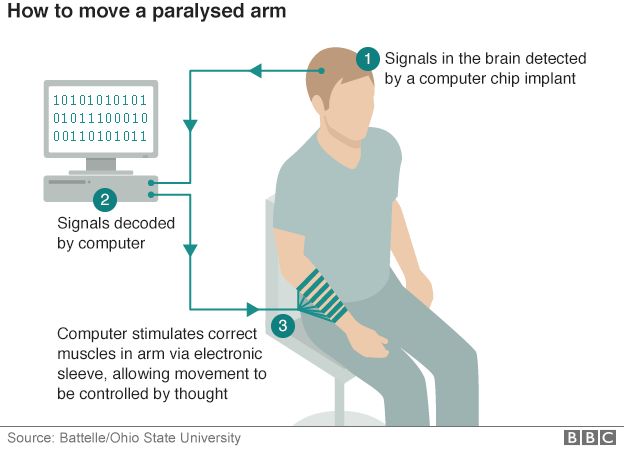Guess what neuroscientists found when they studied the brains of football fans
North American football is the most popular sport in the United States. While popular, it’s also undeniably one of the most violent. For years now, concussions have been a major concern for players. Recent NFL rule changes seem to be having an impact: The NFL recently reported a 29% decrease in concussions during the 2018 regular season. But it’s still a physical, hard-fought battle for every inch the team manages to move the ball.
In anticipation of this weekend’s Super Bowl, a small team of researchers decided to look at the impact of football on the brain, but not the players’ brains, the fans’. The researchers set out to tackle a fundamental question: does observing NFL games and all the violent hits affect the viewers who tune in to watch game-after-game?
The effects of exposure to repeated violence in video games have been studied extensively but those studies have focused on active participants in a fictitious event. In football, the fans are passive observers of real violence, leading the researchers to wonder, does watching violent sports alter one’s perception of violence and does it change a person’s empathy?
fMRI Scans show a difference in football fans’ brains
One way to evaluate these effects is to monitor how a person’s brain responds to the violence. A recently published study in NCBI examined how exposure to football alters fans’ neural response to violence.
The team of researchers analyzed neurofunctional differences between football fans and non-fans while viewing violent images. These images were not restricted to violent football images; reactions to non-football violent images were also included in the study.
High-resolution functional magnetic resonance imaging (fMRI) data collected from the scans of both self-identified football fans and non-fans were used for the study. The participants were shown images of general violence and football violence during the MRI session and the results were computed using the MATLAB-based Statistical Parametric Mapping (SPM12) toolbox.
In the chart below, the dark bars are readings associated with seeing images of general violence, while the lighter bars are readings after subjects shown images of football-related violence. Each graph shows the results of the MRI scans in different regions of the brain.

Brain region activation in fans vs. non-fans. Image Credit: Daniel, Townsend, Wang, Martin, Katz, and Deshpande in NCBI publication.
Chart A – Empathy. Non-fans show increased activation in the region of the brain generally associated with empathy after exposure to both general violence and football-related violence. “Non-fans, then, may perceive both sports violence and general violence as being equally painful while fans may perceive all violence to be relatively less painful and specifically football-related violence to be less painful than general violence,” the researchers said.
Chart B – Face Perception. This data aligns with the region of the brain associated with face perception. The study authors state, “It is possible that fans perceive the individuals in the sports violence images not as people but as players, or an individual part of a greater whole. Non-fans, however, may see these individuals much like themselves and are able to take their perspective in the action.”
Chart C – Pain Perception. This region of the brain associated with the perception of pain toward self and others. “The insula has also been shown to be active when threatening images (such as angry faces) are presented,” said the researchers. “Therefore, fans of North American football having less insular activation may be because images of sports violence are not perceived to be threatening by them, whereas images of general violence were [perceived to be threatening]…”
Chart D – More Empathy. “This area may be critical for facilitating empathy and relating to others,” state the researchers. “Fans, then, may “feel for” recipients of general violence compared to recipients of sports violence.”
Empathy or apathy?
Bottom line, the regions of the brain associated with pain and empathy were less active in fans than non-fans across the board. But the research did show that fans may “feel for” recipients of general violence more than they do for recipients of sports-related violence.
The researchers did point out that the study didn’t definitively show a causal relationship between football violence and fans’ reactions to violence.
“It is possible that individuals become fans of contact sports such as North American football because they do not perceive recipients of tackles or collisions to suffer any pain,” said the researchers. “However, it may be just as possible that fans of football show less activation in areas responsible for perceiving pain in others because of the repeated exposure to football-related violence.”
They also pointed out that there is a possibility that non-fans have a more empathetic response is because they aren’t routinely exposed to the sport. Or does non-fans’ perception that players are subjected to painful treatment the reason they don’t watch the sport in the first place?










Comments
To leave a comment, please click here to sign in to your MathWorks Account or create a new one.